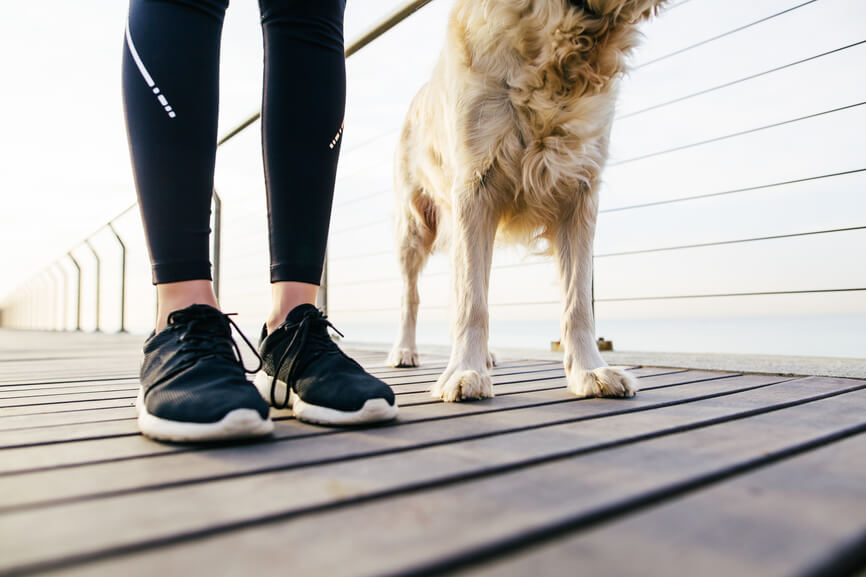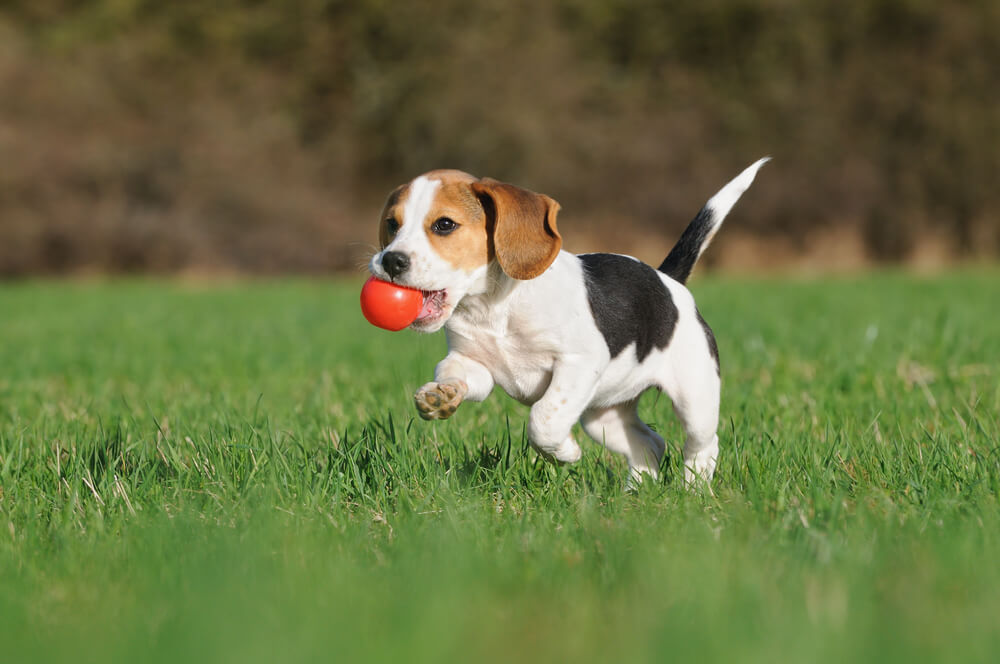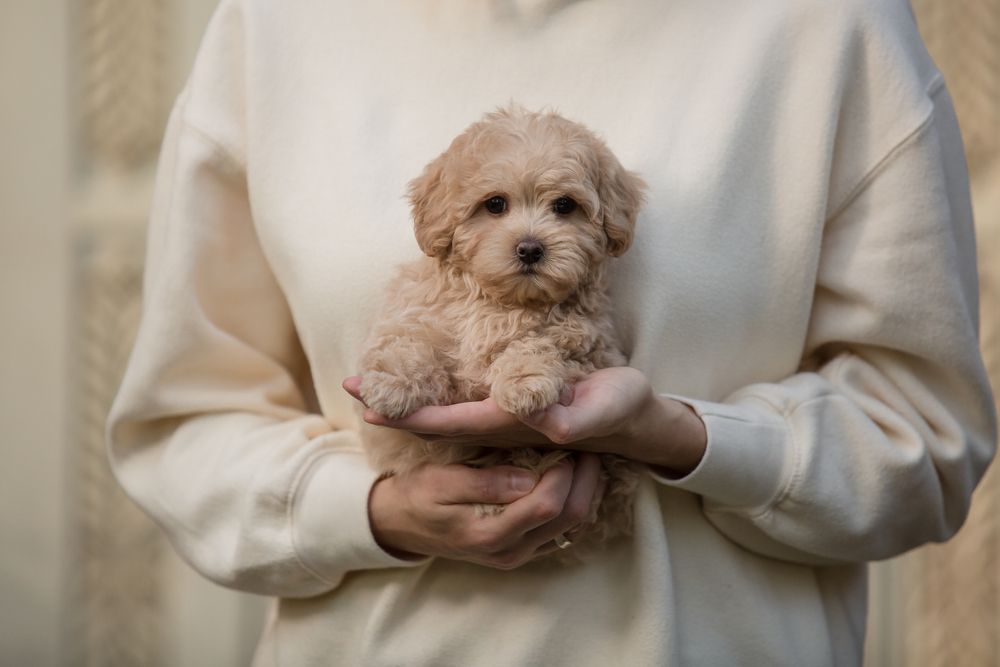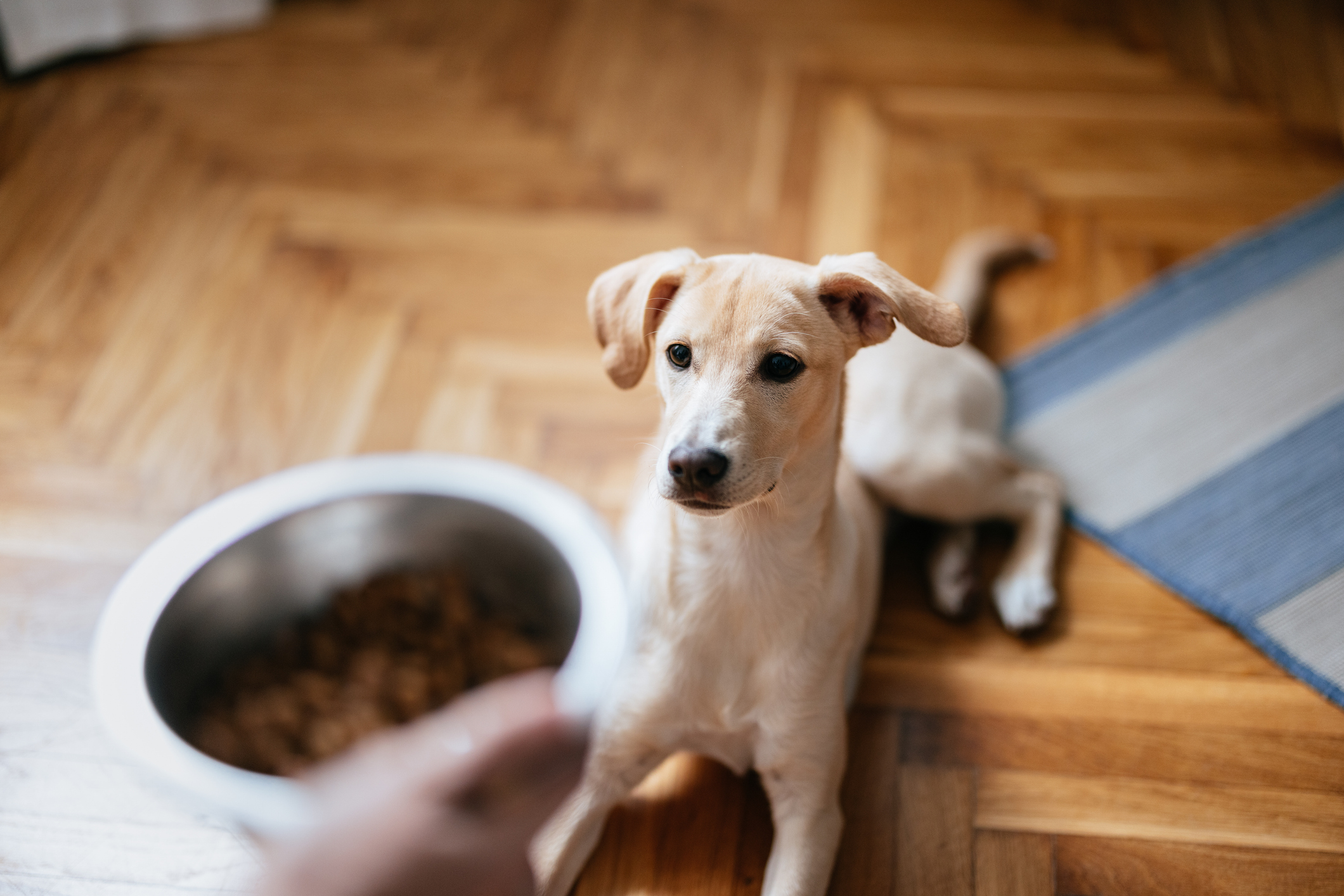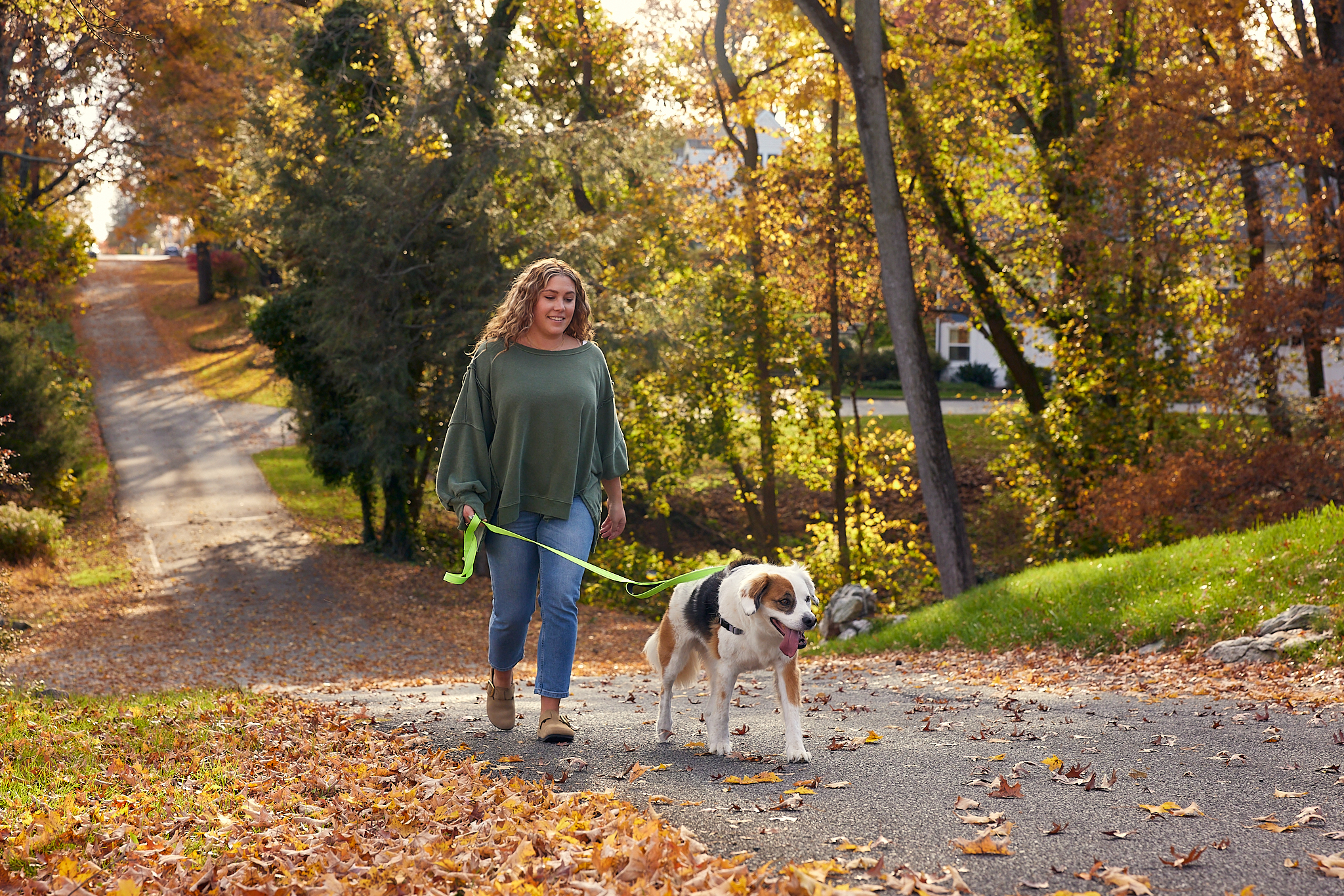Hey Ollie blog readers! We’re offering you an exclusive 60% OFF your starter box! Try now!
Don’t get us wrong—running with your pup is an excellent way to stay in shape together. But just like you need to drink your goji berry smoothie before and stretch for five minutes after a jog, your dog needs some conditioning so their body can handle the physical demands of running—and their health will benefit from proper training and technique in the long run. Always check in with your vet to make sure your pup is in good enough shape to go out for a gallop. Then follow our tips to make sure you both cross the finish line feeling great.
Check the forecast
It’s best to avoid running in extreme heat for everybody involved. But when running on a hot day, try to go early in the morning or wait until the evening. Plan to go slower than usual and take lots of breaks, says Angi Aramburu, founder of Go Fetch Run. As far as running with your dog in the winter, it shouldn’t be a problem as long as your dog has a nice thick coat (of fur, that is).
Get the proper gear
A retractable leash can give too much room between you and your pup, resulting in potential tangling. Aramburu suggests using a collar that automatically readjusts, but a regular collar that is a bit loose will work as well. She says that harnesses tend to chafe and make it harder to control your dog, but if you feel you need one, use a front-clip. A four to six foot nylon leash is ideal, giving your dog enough room to run free, but you still have control.
Build your dog’s endurance
Just like you worked for months to crush that 10k, your pup needs time to practice running longer distances—and some dogs just aren’t built for it. Start by taking them out for short runs, increasing in five to ten minute increments at a time, with walking breaks in between. Do this for several weeks, until they are able to run at a constant pace for several miles. According to Aramburu, it’s important to follow their lead: Let your dog decide when they want to stop, and if your dog is ever panting heavily or abruptly slows down, stop running.
Let your pup set the pace
Speaking of pace, you may be able to run a mile in seven minutes, but let your dog set the pace when you run together. Aramburu says to find a clip that feels comfortable for both of you by speeding up gradually—when your dog starts to lag behind, you are going to fast.
Communicate along the way
"Sit" obviously isn’t much help but “heel” will allow you both to avoid getting tangled and make for an overall more smooth, efficient run. Reynold Krieg, founder of SportLeash, suggests using positive reinforcement as well—he says that coaching your pup throughout the run is key, making sure your dog knows when he’s doing great.
Work on your pup’s strength
There are some exercises that you can do with your dog to build up strength in their hind legs, which can be prone to hip dysplasia. Hill runs with your dog will strengthen the front and hindquarters. You can also encourage your dog to jump up and place their paws on your shoulders (or knees, depending on their size!), which will strengthen their hind legs.
Care for your dog’s paws
Your pup’s paws are very sensitive and should be taken into consideration when picking a location and day to run: If it’s really hot, avoid cement or asphalt as they could burn your dog’s paws; opt for cooler surfaces such as a grassy park or a dirt trail. In the winter, be cautious with roads that have been salted, as the salt can irritate your dog’s paws. When you get home from a run, be sure give your dog’s paws a quick wash before you both rest your barking feet.
Readjust feeding times
Just like you wouldn’t run on a full stomach (can we say uncomfortable?) your dog shouldn’t either. Wait about an hour for your pup to digest their food before heading out. When returning from your run, your dog might not be hungry right away, so wait for them to indicate that they are—you know the where-is-my-food-stare-down. But they will be thirsty, says Aramburu, so be sure to let them drink as much as they need.
Keep your pup hydrated
Always bring water or a travel bowl to fill up along the run. If you notice that your dog is panting excessively, they start to slow down, or their mouth is dry, your dog is most likely dehydrated. Stop and offer them water every so often—a good rule to follow is that every time you stop for a water break, give some to your pup as well. Don’t let them drink too much, though: a little bit of water at a time will quench their thirst without upsetting their stomach while exercising.
Cool down afterwards
Just as with humans, it’s important to take the time to let your dog’s heart rate come down and catch their breath after a run. Towards the end, gradually slow down to a light jog or power walk to allow your pup’s body temperature to lower and heart rate to slow to steady rate. To help cool your dog’s body faster, Krieg says that you can put a cold, damp towel over your dog’s head.
The Ollie blog is devoted to helping pet parents lead healthier lives with their pups. If you want to learn more about our fresh, human-grade food, check out MyOllie.com.
Tagged As:
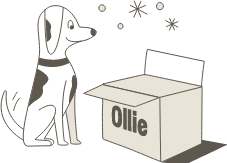
The nutrition your dog needs,
the food they want.

Enjoying our articles? Subscribe our Newsletters and get new articles directly to your inbox
You might also like
12 August 2025
5 MINS READ
Top 8 Allergens Hiding in Your Dog’s Bowl
As pup parents, we never want to see our dogs uncomfortable. When it comes to itching, swelling, and upset stomachs, the culprit may be in their bowl. Understanding the most common allergens and t…
by Ollie Pets
11 August 2025
5 MINS READ
Not all Processing Is Equal: What’s Really in Your Pet’s Bowl?
As pet parents, we know how important it is that our dogs live long, healthy, and happy lives. This is why at Ollie, we focus so much on what goes into their bowls. But did you know there may be s…
31 July 2025
4 MINS READ
The Healthiest US States for Dogs
The Ollie Health team, a team of veterinarians and veterinary technicians, reviews thousands of photos submitted through Ollie’s Health Screening service. That’s hundreds of dogs (and their st…
by Ollie Pets
